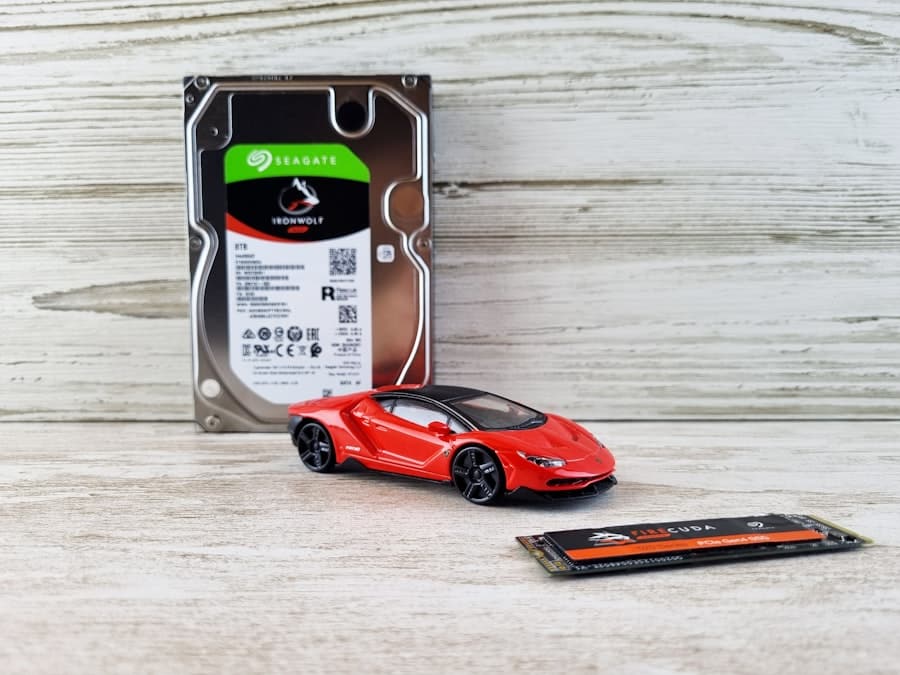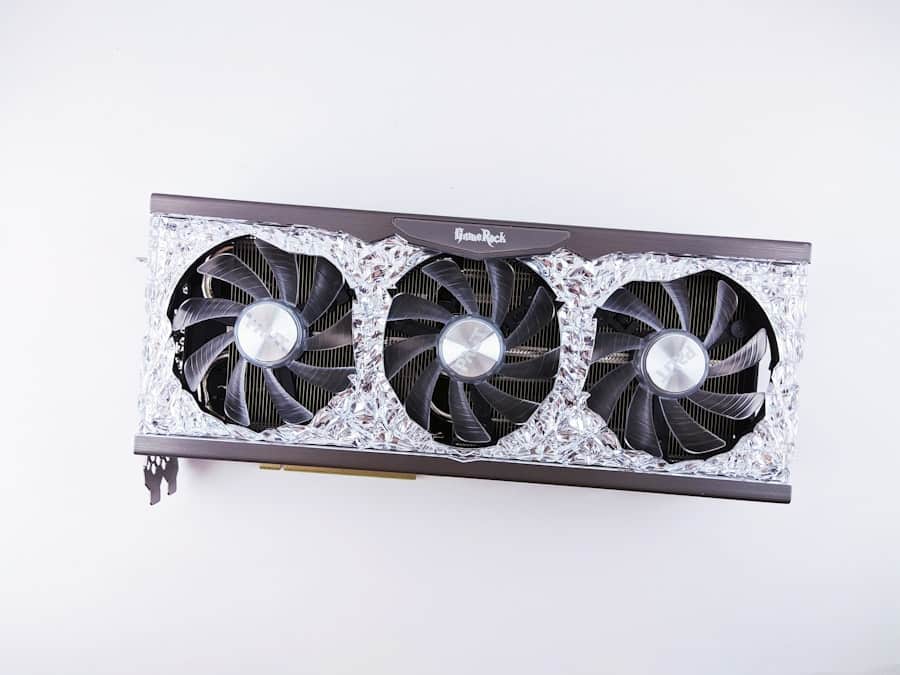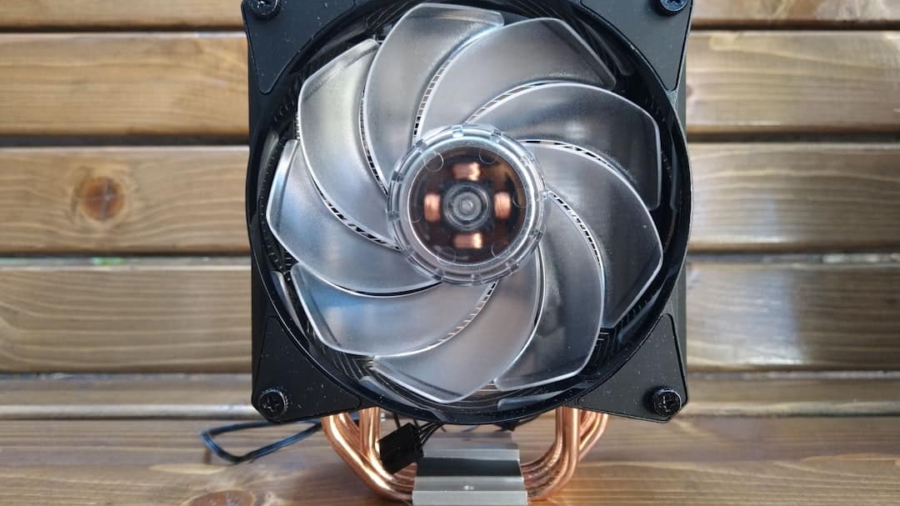Building your own PC can be an exhilarating and rewarding experience, offering a unique opportunity to tailor a computer to your specific needs and preferences. Unlike purchasing a pre-built system, constructing your own machine allows for complete control over every component, from the processor to the graphics card, ensuring that you can optimize performance for gaming, content creation, or general productivity. The process not only enhances your understanding of how computers work but also provides a sense of accomplishment that comes from creating something with your own hands.
Moreover, the landscape of personal computing has evolved significantly, with a plethora of components available on the market. This variety can be both a blessing and a curse; while it allows for customization, it can also lead to confusion for those new to the building process. However, with the right guidance and resources, anyone can successfully navigate the complexities of PC building.
This article aims to provide a comprehensive overview of the entire process, from budgeting and component selection to assembly and troubleshooting, empowering you to embark on your own PC-building journey.
Key Takeaways
- Building your own PC can be a rewarding and cost-effective way to get a customized computer that meets your specific needs.
- Setting a budget for your PC build is crucial to ensure you don’t overspend on components and accessories.
- Researching and selecting the right components, such as the CPU, GPU, motherboard, RAM, and storage, is essential for a successful PC build.
- Assembling your PC step by step requires careful attention to detail and following the instructions provided with each component.
- Installing the operating system and drivers is the final step in building your PC, and it’s important to ensure everything is set up correctly for optimal performance.
Setting a Budget for Your PC Build
Establishing a budget is one of the most critical steps in the PC-building process. Your budget will dictate the quality and performance of the components you can afford, influencing everything from the CPU to the cooling system. It’s essential to consider what you intend to use the PC for, as this will help you allocate funds appropriately.
For instance, if you’re a gamer looking to play the latest titles at high settings, you might prioritize spending on a powerful graphics card and a fast processor. Conversely, if your primary use is for office tasks or web browsing, you may find that a more modest setup suffices. When setting your budget, it’s also wise to account for potential additional costs that may arise during the building process.
These can include peripherals such as monitors, keyboards, and mice, as well as software like operating systems and productivity applications. Additionally, consider setting aside a small portion of your budget for unforeseen expenses or upgrades in the future. By planning ahead and being realistic about your financial limits, you can create a balanced budget that meets your needs without breaking the bank.
Researching and Selecting the Right Components

Once you have established a budget, the next step is researching and selecting the right components for your build. The primary components of a PC include the central processing unit (CPU), motherboard, graphics processing unit (GPU), memory (RAM), storage drives (HDD or SSD), power supply unit (PSU), and the computer case. Each of these parts plays a crucial role in determining the overall performance and functionality of your system.
When selecting components, it’s essential to ensure compatibility among them. For example, the CPU must be compatible with the motherboard’s socket type, and the motherboard should support the RAM speed and capacity you intend to use. Websites like PCPartPicker can be invaluable resources during this stage, as they allow you to check compatibility and compare prices across various retailers.
Additionally, reading reviews and benchmarks can provide insights into how different components perform in real-world scenarios. This research phase is vital; investing time in understanding each component will pay off in terms of performance and reliability.
Assembling Your PC Step by Step
Assembling your PC is where the excitement truly begins. Start by preparing your workspace; ensure you have ample room, good lighting, and all necessary tools at hand—typically just a Phillips screwdriver will suffice. Begin by installing the CPU onto the motherboard.
Carefully align it with the socket and secure it according to the manufacturer’s instructions.
This step is crucial for maintaining optimal temperatures during operation.
Once the CPU cooler is in place, proceed to install RAM modules into their designated slots on the motherboard. It’s advisable to consult your motherboard manual for guidance on which slots to use for dual-channel configurations. After securing the RAM, you can mount the motherboard into the case.
Ensure that standoffs are correctly positioned to prevent short circuits. Following this, install your power supply unit at the bottom or top of the case, depending on its design. Connect all necessary cables from the PSU to the motherboard and other components before moving on to install storage drives and graphics cards.
Installing the Operating System and Drivers
With your hardware assembled, it’s time to install an operating system (OS) to bring your new PC to life. Most users opt for Windows due to its widespread compatibility with software and games; however, Linux distributions are also popular among developers and tech enthusiasts for their flexibility and open-source nature. To install an OS, you’ll need a bootable USB drive or DVD containing the installation files.
Insert this media into your newly built PC and boot from it by adjusting settings in the BIOS/UEFI. Once you’ve booted from your installation media, follow the on-screen prompts to partition your storage drive and install the OS. After installation is complete, it’s crucial to install drivers for all hardware components to ensure optimal performance.
Manufacturers often provide these drivers on their websites or through installation discs included with components. Keeping drivers updated is essential for maintaining system stability and performance.
Testing and Troubleshooting Your PC Build

After successfully installing your operating system and drivers, it’s time to test your new build to ensure everything functions correctly. Start by running basic diagnostics; check that all components are recognized in the BIOS/UEFI settings and that temperatures remain within safe limits during operation. You can use software tools like CPU-Z or HWMonitor to monitor system performance metrics such as CPU temperature, RAM usage, and GPU load.
If you encounter issues during testing—such as failure to boot or hardware not being recognized—troubleshooting becomes necessary. Common problems include improperly seated components or loose connections. Double-check that all cables are securely connected and that RAM modules are fully inserted into their slots.
If problems persist, consult online forums or manufacturer support pages for guidance specific to your hardware configuration.
Tips for Saving Money on Your PC Build
Building a PC doesn’t have to be an expensive endeavor; there are several strategies you can employ to save money without sacrificing quality or performance. One effective approach is to consider purchasing used or refurbished components from reputable sellers. Many users upgrade their systems frequently, resulting in high-quality parts available at significantly reduced prices.
Websites like eBay or local marketplaces can be excellent sources for finding deals on GPUs or CPUs. Another way to save money is by waiting for sales events or promotions from retailers. Major shopping holidays like Black Friday or Cyber Monday often feature substantial discounts on computer components.
Additionally, consider building your PC during off-peak seasons when demand is lower; prices may drop as retailers seek to clear inventory. Lastly, prioritize essential components first; invest in a solid foundation with a good CPU and motherboard before upgrading peripherals or aesthetic features like RGB lighting.
Resources for Further Assistance and Support
As you embark on your PC-building journey, numerous resources are available to assist you along the way. Online communities such as Reddit’s r/buildapc provide platforms where enthusiasts share advice, experiences, and recommendations tailored to specific needs or budgets. These forums can be invaluable for troubleshooting issues or seeking feedback on component choices before making purchases.
Additionally, YouTube hosts countless tutorial videos that visually guide viewers through each step of building a PC—from assembly techniques to BIOS configuration—making it easier for visual learners to grasp complex concepts. Manufacturer websites often provide detailed manuals and support forums where users can find answers specific to their products. By leveraging these resources, you can enhance your knowledge base and build confidence in your ability to create a high-performing custom PC tailored precisely to your requirements.
If you’re looking to enhance your PC building experience, you may want to consider exploring the best software for social media content creation. This comprehensive guide from enicomp.com offers valuable insights into the top tools available for creating engaging social media content. By utilizing the right software, you can take your PC building skills to the next level and create stunning visuals for your projects.
FAQs
What are the benefits of building your own PC?
Building your own PC allows you to customize the components to fit your specific needs and budget. It also gives you a better understanding of how a computer works and can save you money compared to buying a pre-built system.
What components do I need to build a PC?
To build a PC, you will need a CPU, motherboard, RAM, storage (SSD or HDD), power supply, graphics card (if not using integrated graphics), case, and any additional peripherals such as a keyboard, mouse, and monitor.
How can I build a PC for under $1000?
To build a PC for under $1000, you will need to carefully select cost-effective components that still meet your performance needs. This may involve choosing a mid-range CPU and graphics card, as well as finding deals on other components.
What tools do I need to build a PC?
To build a PC, you will need a Phillips head screwdriver, cable ties for cable management, and possibly a pair of needle-nose pliers for handling small components.
Is it difficult to build a PC for the first time?
Building a PC for the first time can be intimidating, but with the right research and preparation, it is a manageable task. There are many online resources and tutorials available to guide you through the process.
Can I upgrade my custom-built PC in the future?
Yes, one of the benefits of building your own PC is the ability to easily upgrade individual components in the future. This can extend the lifespan of your system and keep it up to date with the latest technology.

